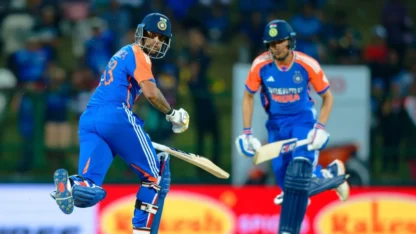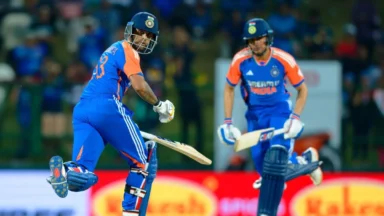The Maharaja Trophy 2024 is implementing a distinct approach this season by opting not to use the Duckworth-Lewis-Stern (DLS) method for rain-affected matches. Instead, the tournament is employing the V Jayadevan (VJD) method, a system developed in India. This method was notably applied in the match between Mysore Warriors and Shivamogga Lions.
What is VJD method in cricket?
The VJD method is a mathematical formula used to determine target scores in rain-affected one-day and T20 cricket matches. It serves as an alternative to the Duckworth-Lewis-Stern (DLS) method, which is also used for this purpose. The VJD method was created by V. Jayadevan, an engineer from Kerala, India.
Latest News
How does VJD method works?
The VJD approach takes into account a variety of variables, including the run rate at the moment of the interruption, the number of overs played, and the number of wickets lost. It also takes into account the resources at the second-batting team’s disposal, including the number of overs left and wickets held.
The VJD approach has several advantages over the DLS method, including being simpler and easier to comprehend. In matches impacted by rain, the VJD approach also seeks to deliver a more equitable target score.
Editor's Pick
 Cricket
Abhishek Sharma backs Shubman Gill & Suryakumar Yadav to win matches at T20 World Cup
Cricket
Abhishek Sharma backs Shubman Gill & Suryakumar Yadav to win matches at T20 World Cup


















































